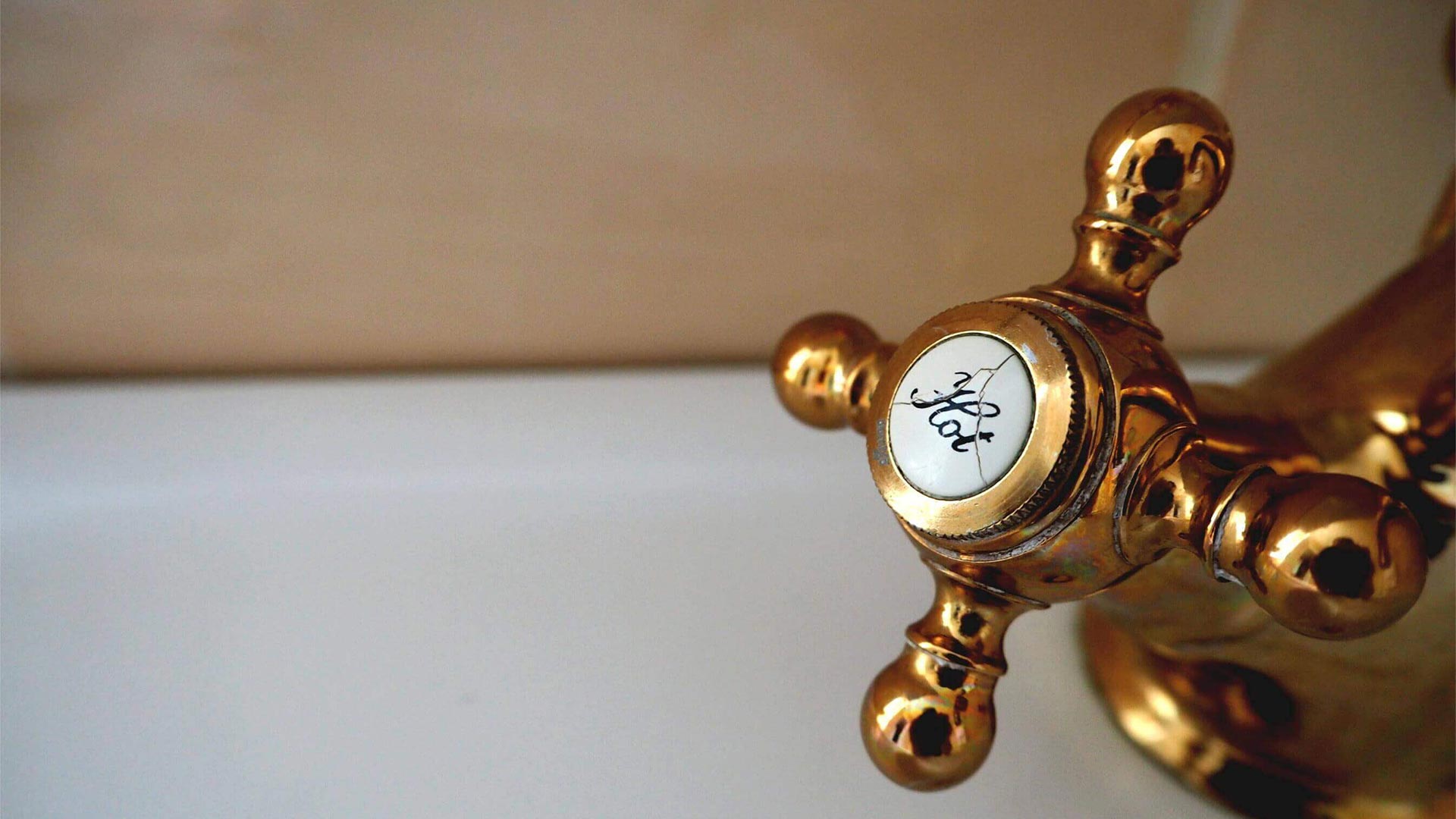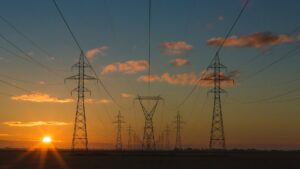We have all been there and done it, turned on a tap or shower and cursed the length of time it’s taken for hot water to get to us. Waiting a considerable time for hot water to arrive not only wastes a lot of water and energy but that luke warm water can also begin to harbour bacteria such as legionella (refer to HSE ACoP L8 guidance Part 2 on the control of legionella of hot and cold water systems).
The design response to this problem has been to circulate water between the hot water cylinder and tap. Even with well insulated pipework there is an element of heat loss during circulation and this then increases the energy required to keep the volume of hot water in the cylinder hot ready for use.
Using Passivhaus PHPP for a 25mm pipe with 25mm of insulation running 16 hours a day the heat loss per m is in order of 40kWh/m/yr.
A secondary circulation loop running throughout the summer in a well-insulated building will then potentially deliver 40kWh/m/yr of heat to the dwelling during a period where no heating is required, therefore potentially increasing the overheating risk.
For a medium sized house this may equate to 2000kWh – this is approximately half the total electrical demand of 3-4 bedroom dwelling over a year!
We can reduce the impact of a circulation loop through efficiency measures:
- Improve insulation – making sure it is continuous, taped and all joints, valves etc. are also insulated.
- Keeping loops as short as possible
- Adding increased control through timeclocks, temperature sensors on pipework
- We regularly see old bronze fixed speed pumps wheeled out from vans and installed in DHW circulation with little or no control. Intelligent variable speed pumps with improved learning are available and should be used where secondary circulation is required.
What are the Alternatives:
- Ensure cylinder is located close to bathrooms/hot water loads and eliminate the need for any circulation loops
- Use radial rather than a branched domestic hot water design to minimise water usage and energy consumption
This may not always be possible, for an outlying WHB or sink consider direct electric rather than introducing a circulation loop because of this one instance. Direct electric has no storage or circulation requirements such as the ZIP ES6.
Our studies have shown to reduce the energy use by almost 60% when compared to running a circulation loop for this purpose. So next time you hear of a circulation loop being proposed by the plumber just ask, is it really required?





